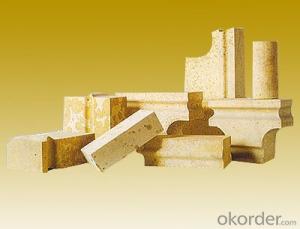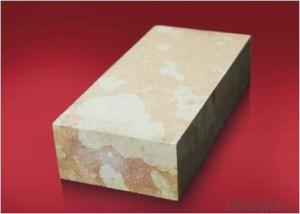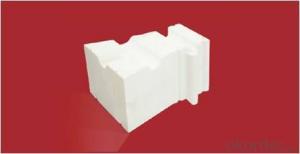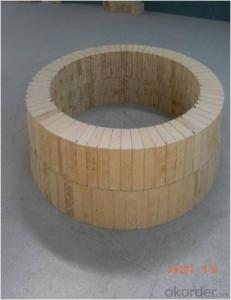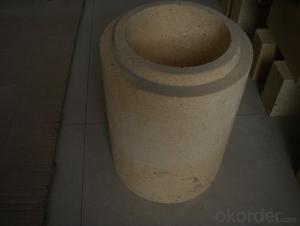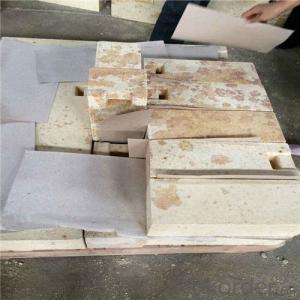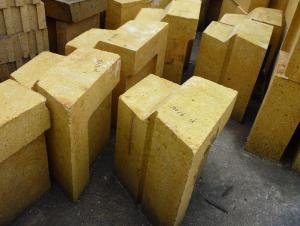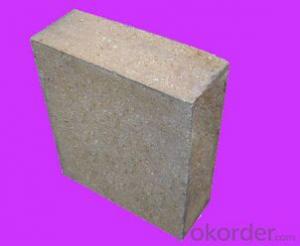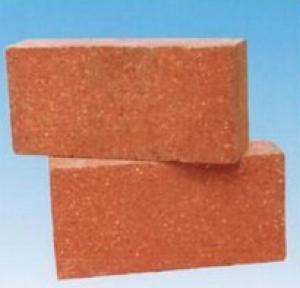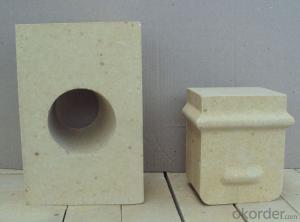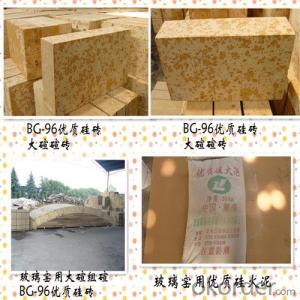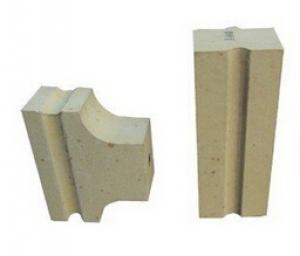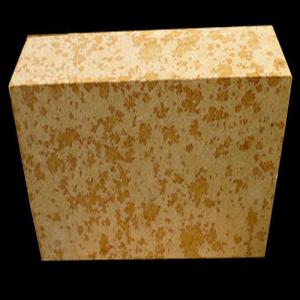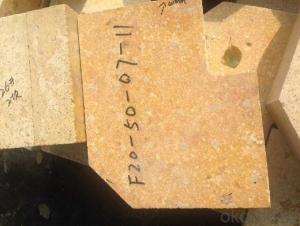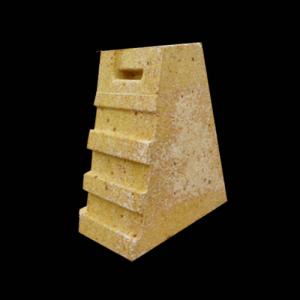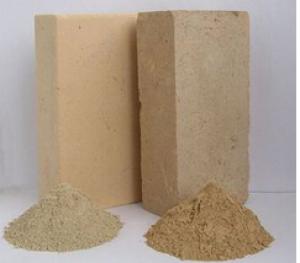Silica Brick Reinforced Rubber Carbon Black Bricks
- Loading Port:
- China Main Port
- Payment Terms:
- TT OR LC
- Min Order Qty:
- -
- Supply Capability:
- -
OKorder Service Pledge
OKorder Financial Service
You Might Also Like
Specifications
Rubber carbon black bricks
1.Mature Professional Operation
2.Wet Granular
Rubber carbon black bricks
Product name:carbon black
Molecularformula: C
CAS No.:1333-86-4
EINECS No.: 215-609-9
Usage: Maily used in various rubber products such as tyres, rubber overshoes, cable, seal ring, tape etc. Also can be used in relevant industries such as plastic manufacutre.
It is mainly used for rubber intensifier and packing, its consumption is about half of rubber rubber consumption of carbon black with carbon black 94% of the total, with approximately 60% for tyre manufacture. In addition, also used for printing ink, paint and plastic colorants and plastic products BingBiJi of ultraviolet light, as well as important fertilizerFor many other products, such as electrode, dry, resistors, explosives, cosmetics, and polishing compound.
Grade:N220/N330/N550/N660 etc.
1) N220
Wear and the anti-cracking N110 compared with high, set out low stress, dispersivity is good.
2) N330
It with good abrasion resistance and medium hysteresis.
3) N550
It in soft carbon black varieties has the best reinforcing performance, excellent extruding performance, low resilient rate.
4) N660
It compared with N550, reinforcing the gender is low, the structure is lower, higher inflation, mouth filling quantity is bigger.
Specification:
ITEM | N220 | N330 | N550 | N660 |
Iodine Absorption Number, g/kg | 121 +/-5 | 82 +/-5 | 43 +/-4 | 36 +/-4 |
DBP Absorption Number, 10-5m3/Kg | 114 +/-5 | 102 +/-5 | 121 +/-5 | 90 +/-5 |
DBP Absorption Number of Compressed Sample, 10-5m3/Kg | 93~107 | 81~95 | 81~95 | 68~82 |
CTAB Surface Area, 103m2/Kg | 106~116 | 79~87 | 38~46 | 31~39 |
Nitrogen Surface Area, 103m2/Kg | 114~124 | 78~88 | 38~46 | 30~40 |
Tint Strength | 110~120 | 98~108 | - | - |
Heating Loss, %≤ | 3.0 | 2.5 | 2.5 | 1.5 |
Ash, %≤ | 0.5 | 0.5 | 0.5 | 0.5 |
Tensile Strength Map, MPa≥ | -0.8 | -1.5 | -3.5 | -3.5 |
Extension, %≥ | +10 | -10 | -10 | +10 |
Map Modulus at 300%, MPa | -2.5 +/-1.3 | -1.7 +/-1.3 | -1.7 +/-1.3 | -3.5 +/-1.3 |
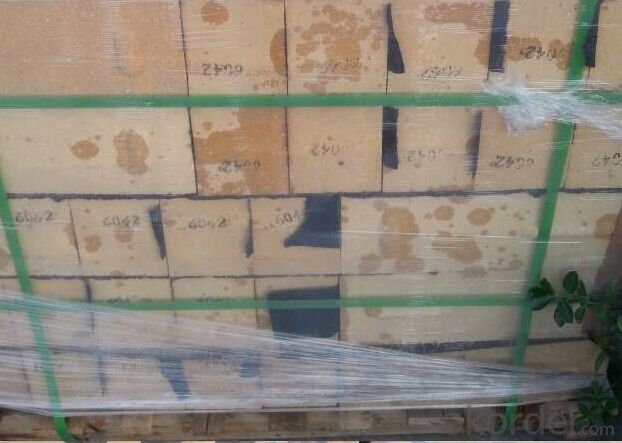
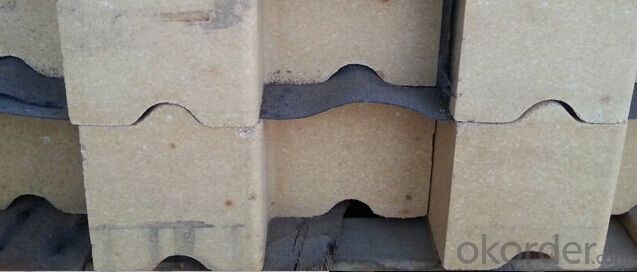
- Q: Because of the recent relates to this industry, by way of learning to name for all raw materials, I hope knowledgeable friends exhibitions, thank you.
- Acidic materialMainly siliceous materials, such as quartz, tridymite and cristobalite, chalcedony, flint, opal, white quartzite, silica sand, diatomaceous earth, silicon oxide contained in these siliceous materials (SiO2) at least 90%, pure raw materials are silicon oxide as high as 99% or more. Siliceous materials at high temperature is the acidic nature of chemical dynamics, when the presence of metal oxide, or when in contact with the chemical reaction, and combined with a fusible silicate. Therefore, if there is a small amount of metal oxide in siliceous material, it will seriously affect its thermal resistance.
- Q: Why will expand when heated brick
- After high temperature after the formation of tridymite and cristobalite and quartz and a small amount of residual glass phase, quartz heating to 220-240 DEG C, in a certain degree of thermal expansion, brick maximum expansion occurs in 100~300 DEG C, 300 expansion before the total amount of expansion is about 70%~75%.
- Q: What is the effect of the content of silicon nitride in silicon nitride bonded silicon carbide brick on the use of electrobath? Thank you
- The main damage of silicon carbide side wall brick is stress damage, not chemical erosion. Chemical damage is formed prior to the formation of the groove, and the damage to the chemical erosion is little after the formation of the groove.
- Q: The difference between clay refractory bricks and refractory brick in the application.
- The ability of alkali resistance is poor, the thermal shock stability is the worst, and it is scrapped at one time. The brick is generally used in the coke oven, glass kiln. Other industries basically do not use.
- Q: What is acid refractory?
- Acid refractory material usually refers to refractories with SiO2 content greater than 93%. Its main characteristic is that it can resist acid slag corrosion at high temperature, but it is easy to react with alkaline slag.
- Q: Glass kiln brick for physical and chemical indicators?
- Glass kiln with high quality silica brick products according to the standard JC/T615-1996, the single brick is divided into 3 grades: XBG-96, ZBG-96, DBG-96.
- Q: Can iron oxide be used as refractory material?
- Is widely used in this area. Mentioned refractory material of high school textbooks generally refers to three two aluminum oxide (alumina), alumina is also used as a refractory material, refractory crucible, porcelain, artificial gemstones.
- Q: Can not use it two brick
- Acidic silica brick refractory material, has good ability in acid slag erosion
- Q: Common bond brick?
- Lime should contain a lot of active CaO, I decompose CaCO3 and MgCO3 not more than 5%, Al2O3+Fe2O3+SiO2 no more than 5%. When the content of large particles, burned Ca-CO3 and over burned lime, the product produced caves, affecting the quality of products.
- Q: Physical solid waste disposal
- Too much addition will reduce the refractory and mechanical strength, increase porosity, so the amount of waste brick should not be too much.
Send your message to us
Silica Brick Reinforced Rubber Carbon Black Bricks
- Loading Port:
- China Main Port
- Payment Terms:
- TT OR LC
- Min Order Qty:
- -
- Supply Capability:
- -
OKorder Service Pledge
OKorder Financial Service
Similar products
Hot products
Hot Searches
Related keywords




